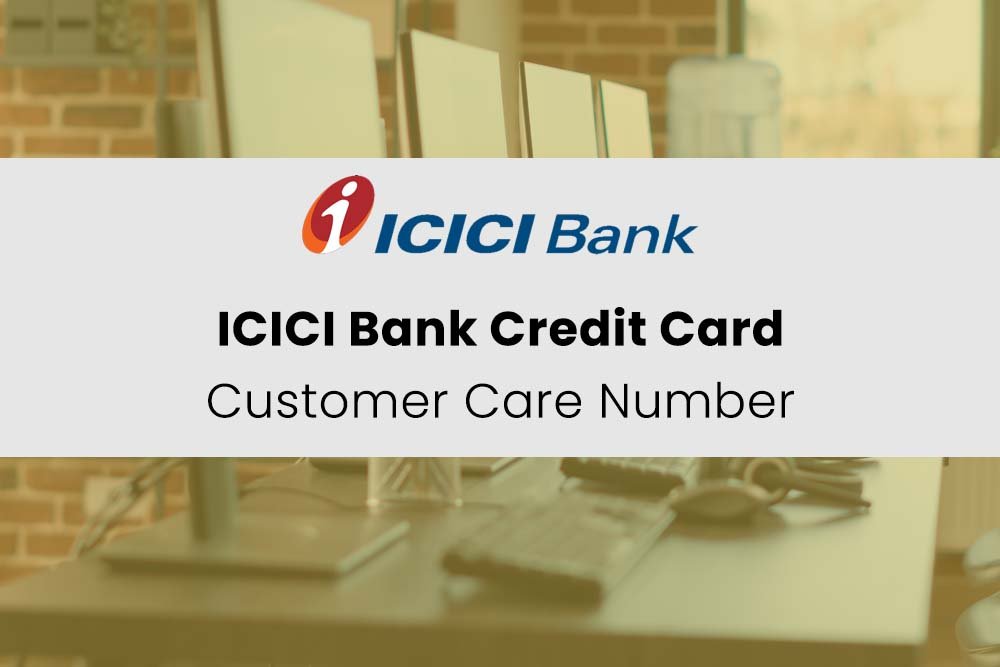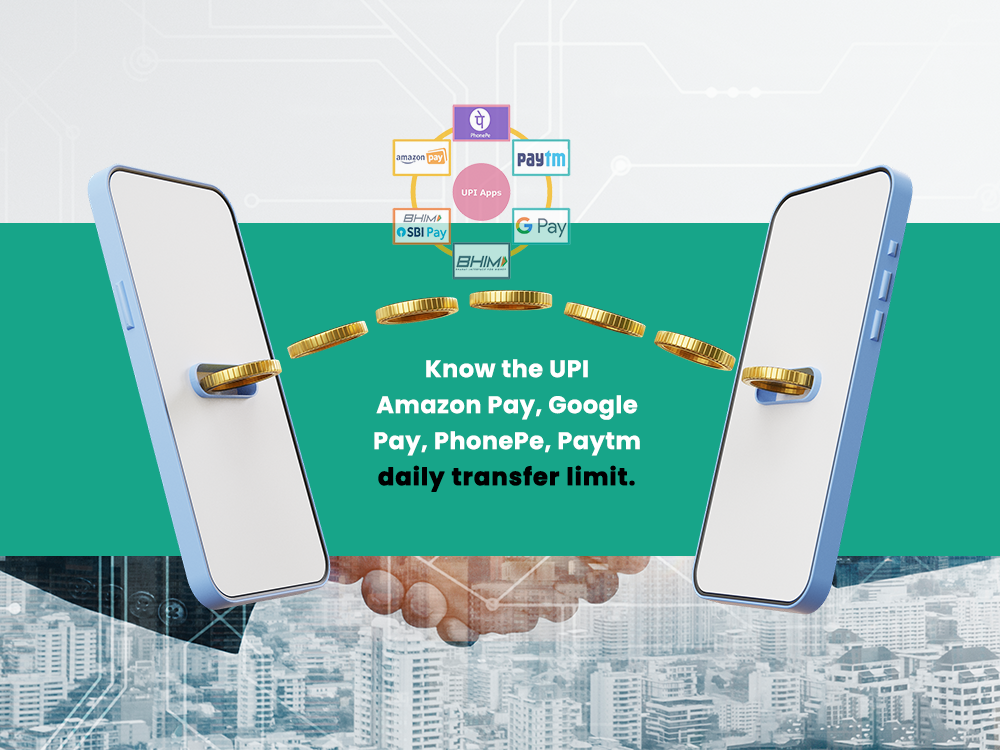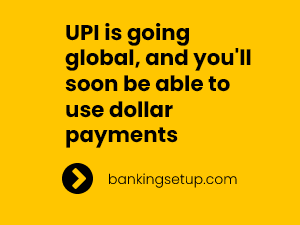Glossary of Banking Terms and Phrases
Banking Terms
- RBI (Reserve Bank of India): The central banking institution in India.
- Public Sector Banks: Government-owned banks like State Bank of India (SBI), Punjab National Bank (PNB), etc.
- Private Sector Banks: Banks owned by private entities, e.g., ICICI Bank, HDFC Bank.
- NPA (Non-Performing Asset): Loans that are in default or are not generating income for the lender.
- Core Banking System (CBS): A centralized online system that allows customers to conduct transactions from any branch.
- IFSC Code: Indian Financial System Code used for electronic money transfer.
- NEFT (National Electronic Funds Transfer): Electronic funds transfer system in India.
- IMPS (Immediate Payment Service): An instant interbank electronic funds transfer service.
- SWIFT Code: A unique identification code for a particular bank.
- KYC (Know Your Customer): Process of verifying the identity of customers.
- CRR (Cash Reserve Ratio): The percentage of deposits banks must keep with the RBI.
- SLR (Statutory Liquidity Ratio): The percentage of deposits banks must invest in government securities.
- Merchant Banking: Financial services for businesses, including capital raising and advisory services.
- ATM (Automated Teller Machine): Electronic banking outlet allowing cash withdrawals and other services.
- Mobile Banking: Banking services accessed via mobile devices.
- Base Rate: The minimum interest rate set by the RBI.
- CIBIL (Credit Information Bureau India Limited): Credit information company that assesses creditworthiness.
- Demand Draft (DD): A prepaid negotiable instrument used for transferring funds.
- Fixed Deposit (FD): A financial instrument where money is deposited for a fixed period.
- Recurring Deposit (RD): A savings account with regular deposits at fixed intervals.
- Nomination: The process of appointing a person to receive the proceeds of an account in case of the account holder’s death.
- Green Banking: Banking practices that focus on environmental sustainability.
- Repo Rate: The rate at which the RBI lends money to commercial banks.
- Reverse Repo Rate: The rate at which banks can park funds with the RBI.
- MICR (Magnetic Ink Character Recognition): A technology used to verify the legitimacy or originality of paper documents.
- Bancassurance: The partnership between a bank and an insurance company.
- Cheque Truncation System (CTS): An image-based clearing system for faster cheque processing.
- Debit Card: A card that deducts money directly from a bank account.
- Overdraft: A credit facility that allows withdrawing more than the account balance.
- Net Banking: Online banking services provided by banks.
- SWOT Analysis: An evaluation of a bank’s Strengths, Weaknesses, Opportunities, and Threats.
- Debenture: A long-term debt instrument issued by a company.
- NOSTRO and VOSTRO Accounts: Accounts held by a bank in a foreign country.
- Financial Inclusion: Providing access to financial services to all sections of society.
- Standing Instruction: An instruction to make regular payments from an account.
- Non-Banking Financial Company (NBFC): Financial institutions that provide banking services without meeting legal definitions of a bank.
- ECS (Electronic Clearing Service): An electronic mode of funds transfer from one bank account to another.
- Hawala: An informal system of transferring money without a physical movement of cash.
- Wholesale Banking: Providing services to large corporations, institutions, and government entities.
- Cross-Selling: Offering additional banking products or services to existing customers.
- Greenfield Banking: Establishing a new bank branch or subsidiary in a new market.
- Merchant Discount Rate (MDR): The fee charged to a merchant for accepting electronic card payments.
- Liabilities: The financial obligations a bank owes to its customers and creditors.
- Asset Reconstruction Company (ARC): Companies that buy bad loans from banks.
UPI (Unified Payments Interface):
- UPI ID: A virtual payment address linked to a bank account.
- VPA (Virtual Payment Address): The address used for UPI transactions.
- QR Code Payments: Scanning QR codes for instant payments.
- Two-Factor Authentication (2FA): A security process requiring two forms of identification.
- UPI PIN: Personal Identification Number for UPI transactions.
- Transaction Limits: Maximum and minimum amounts allowed for UPI transactions.
- Third-Party Apps: Apps that use UPI for payments, e.g., Google Pay, PhonePe.
- e-Wallet Integration: Linking e-wallets with UPI for seamless transactions.
- UPI Mandate: Pre-authorized instructions for recurring payments.
- IMT (Instant Money Transfer): Instant transfer of funds using UPI.
- National Payments Corporation of India (NPCI): The organization that developed and operates UPI.
- Voucher: A code generated for UPI transactions.
- Aadhar Pay: A UPI-based system for merchants to receive payments.
- UPI 2.0: The upgraded version of the UPI system.
- Merchant Payments: UPI transactions made to businesses.
- Mandate for UPI: Authorization for recurring UPI transactions.
- Offline UPI: UPI transactions without an internet connection.
- Limit Enhancement: Increasing the transaction limit for UPI.
- NPCI 24/7 Helpdesk: NPCI’s customer support for UPI-related issues.
- Mobile Number as VPA: Using a mobile number as a UPI virtual payment address.
- Remitter: The person initiating a UPI transaction.
- Standing Instruction for UPI: Pre-authorized instructions for recurring UPI payments.
- Merchant-Presented QR Code: QR code presented by a merchant for payment.
- Personal QR Code: A unique QR code for individual UPI users.
- P2P (Peer-to-Peer) UPI Payments: Direct transactions between individuals.
- Refund for UPI Transactions: Process of returning money for failed UPI transactions.
- VPA Blocking: Temporarily blocking a UPI virtual payment address.
- Merchant Aggregator: Platforms that enable multiple merchants to accept UPI payments.
- NACH (National Automated Clearing House): Bulk electronic clearing system for financial transactions.
- Remittance: Sending money to a recipient, often in a different location.
- Collect Request in UPI: A feature to request funds from another UPI user.
- UPI 3.0: The future version of the UPI system with enhanced features.
Loans
- EMI (Equated Monthly Installment): Monthly payment for loans.
- Collateral: Assets offered as security for a loan.
- Credit Score: Numerical representation of creditworthiness.
- Personal Loan: Unsecured loan for personal use.
- Home Loan: Loan for purchasing or refinancing a home.
- Car Loan: Loan for purchasing a vehicle.
- Secured Loan: Loan backed by collateral.
- Unsecured Loan: Loan without collateral.
- Credit Report: Document detailing credit history.
- Default: Failure to repay a loan.
- Loan-to-Value Ratio (LTV): The ratio of a loan to the value of an asset.
- Prime Lending Rate (PLR): The interest rate charged by banks to their most creditworthy customers.
- Subprime Loan: A loan offered at a higher interest rate to individuals with poor credit.
- Bridge Loan: A short-term loan to cover an interval between two transactions.
- Loan Origination Fee: The upfront fee charged by a lender for processing a new loan application.
- Lien: A legal right to keep possession of property until a debt is discharged.
- Loan Against Property (LAP): A loan where property is used as collateral.
- Credit Counseling: Professional advice on managing debt and credit.
- Debt Consolidation: Combining multiple debts into a single loan.
- Mortgage: A loan to finance the purchase of real estate.
- Prime Rate: The interest rate that commercial banks charge their most creditworthy customers.
- Securitization: The process of converting assets into financial instruments.
- Loan Servicing: Managing the administrative aspects of a loan after it’s granted.
- Amortization: Gradual repayment of a loan through regular installments.
- Credit Limit Increase: An increase in the maximum amount that can be charged on a credit card.
- Loan Moratorium: Temporary suspension of loan payments.
- Prepayment Penalty: A fee charged for paying off a loan before its due date.
- Mortgage Insurance: Insurance that protects the lender if the borrower defaults on the loan.
- Usury: The illegal action or practice of lending money at unreasonably high rates.
- Equity Release Loan: A loan that allows homeowners to access the equity in their property.
- Installment Loan: A loan repaid with a fixed number of periodic payments.
- LIBOR (London Interbank Offered Rate): The benchmark interest rate at which major global banks lend to one another.
- Loan Agreement: A document outlining the terms and conditions of a loan.
- Microfinance: Financial services for individuals and small businesses who lack access to traditional banking.
- Prime Borrower: A borrower with a high credit rating.
- Payday Loan: A short-term, high-interest loan typically due on the borrower’s next payday.
- Repayment Schedule: A plan outlining the dates and amounts of loan repayments.
- Secured Credit Card: A credit card backed by a cash deposit.
- Underwriting: The process of evaluating the risk of lending to a particular borrower.
- Working Capital Loan: A loan used to finance a company’s day-to-day operations.
- Peer-to-Peer Lending (P2P): Direct lending between individuals without a traditional intermediary.
- Bridge Financing: Short-term financing to cover immediate expenses.
- Non-Recourse Loan: A loan where the borrower is not personally liable for repayment.
- Risk-Based Pricing: Setting interest rates based on the borrower’s creditworthiness.
Credit Cards
- Credit Limit: Maximum amount that can be borrowed on a credit card.
- APR (Annual Percentage Rate): Annual cost of borrowing on a credit card.
- Grace Period: Time allowed to pay the credit card bill without incurring interest.
- Cash Advance: Withdrawing cash using a credit card.
- Balance Transfer: Moving a credit card balance to another card.
- Reward Points: Incentives earned for credit card spending.
- Credit Card Statement: Monthly summary of transactions and balances.
- Minimum Payment: Minimum amount required to be paid on a credit card.
- Credit Card Fraud: Unauthorized use of a credit card.
- Credit Utilization Ratio: Percentage of credit limit used.
- Charge Card: A card that requires the balance to be paid in full each month.
- Credit Card Churning: The practice of repeatedly opening and closing credit card accounts to earn rewards.
- Credit Freeze: A security measure to restrict access to a person’s credit report.
- Credit Bureau: A company that collects and maintains individual credit information.
- Credit Counseling: Professional assistance in managing credit and debt.
- Credit Limit Increase: An increase in the maximum amount a credit card holder can borrow.
- Credit Mix: The variety of credit types (credit cards, mortgages) in a person’s credit history.
- Credit Rating: An evaluation of a person’s creditworthiness.
- Credit Repair: The process of improving a credit score.
- Credit Report: A detailed report of an individual’s credit history.
- Credit Score: A numerical representation of a person’s creditworthiness.
- Cryptocurrency Credit Card: A credit card linked to a cryptocurrency account.
- Debit Card: A card that deducts money directly from a bank account.
- Default: Failure to repay a loan or credit card balance.
- Digital Wallet: An electronic device or online service for making electronic transactions.
- EMV (Europay, Mastercard, Visa): A global standard for credit card processing.
- Grace Period: The time during which no interest is charged on a credit card balance.
- Interest Rate: The cost of borrowing on a credit card, expressed as a percentage.
- Joint Credit Card: A credit card shared by two or more people.
- Late Payment Fee: A fee charged for not making a credit card payment on time.
- Minimum Payment: The smallest amount that must be paid on a credit card balance.
- Mobile Payment: Making payments using a mobile device.
- PIN (Personal Identification Number): A numeric code used for card transactions.
- Prepaid Credit Card: A card with a preloaded amount for spending.
- Secured Credit Card: A card secured by a cash deposit.
- Travel Credit Card: A card that offers travel-related rewards and benefits.
- Unsecured Credit Card: A card without collateral requirements.
- Balance Transfer: Moving a credit card balance to another card.
- Cash Advance: Withdrawing cash using a credit card.
- Credit Card Fraud: Unauthorized use of a credit card.
- Credit Card Statement: A monthly summary of transactions and balances.
- Credit Utilization Ratio: The ratio of credit card balances to credit limits.
- Cryptocurrency Credit Card: A credit card linked to a cryptocurrency account.
- Deferred Interest: Interest that accrues on a balance but is not immediately payable.
- Digital Wallet: An electronic device or online service for making electronic transactions.
- Electronic Funds Transfer (EFT): A transfer of funds between bank accounts electronically.
- Expired Card: A credit card that is no longer valid.
- Merchant Category Code (MCC): A code that classifies a business by the type of goods or services it provides.
- No-Foreign-Transaction-Fee Card: A credit card that does not charge additional fees for international transactions.
- Retailer Credit Card: A credit card issued by a specific retailer.
- Secured Credit Card: A card secured by a cash deposit.
- Smart Card: A credit card embedded with a microprocessor for additional functionality.
- Tiered Pricing: Charging different interest rates based on creditworthiness.
- Tokenization: The process of replacing sensitive data with unique identifiers (tokens).
(Visited 327 times, 1 visits today)






